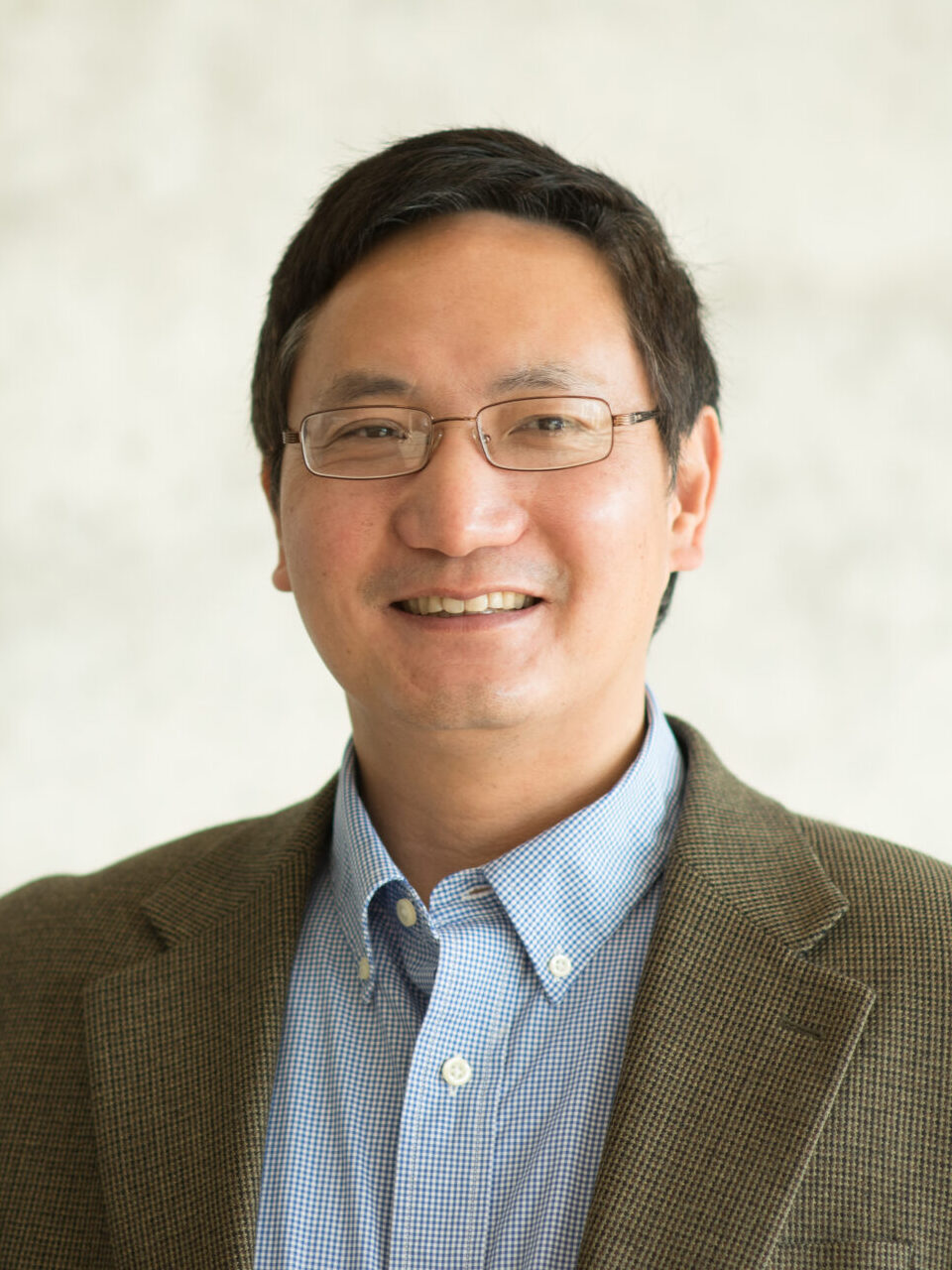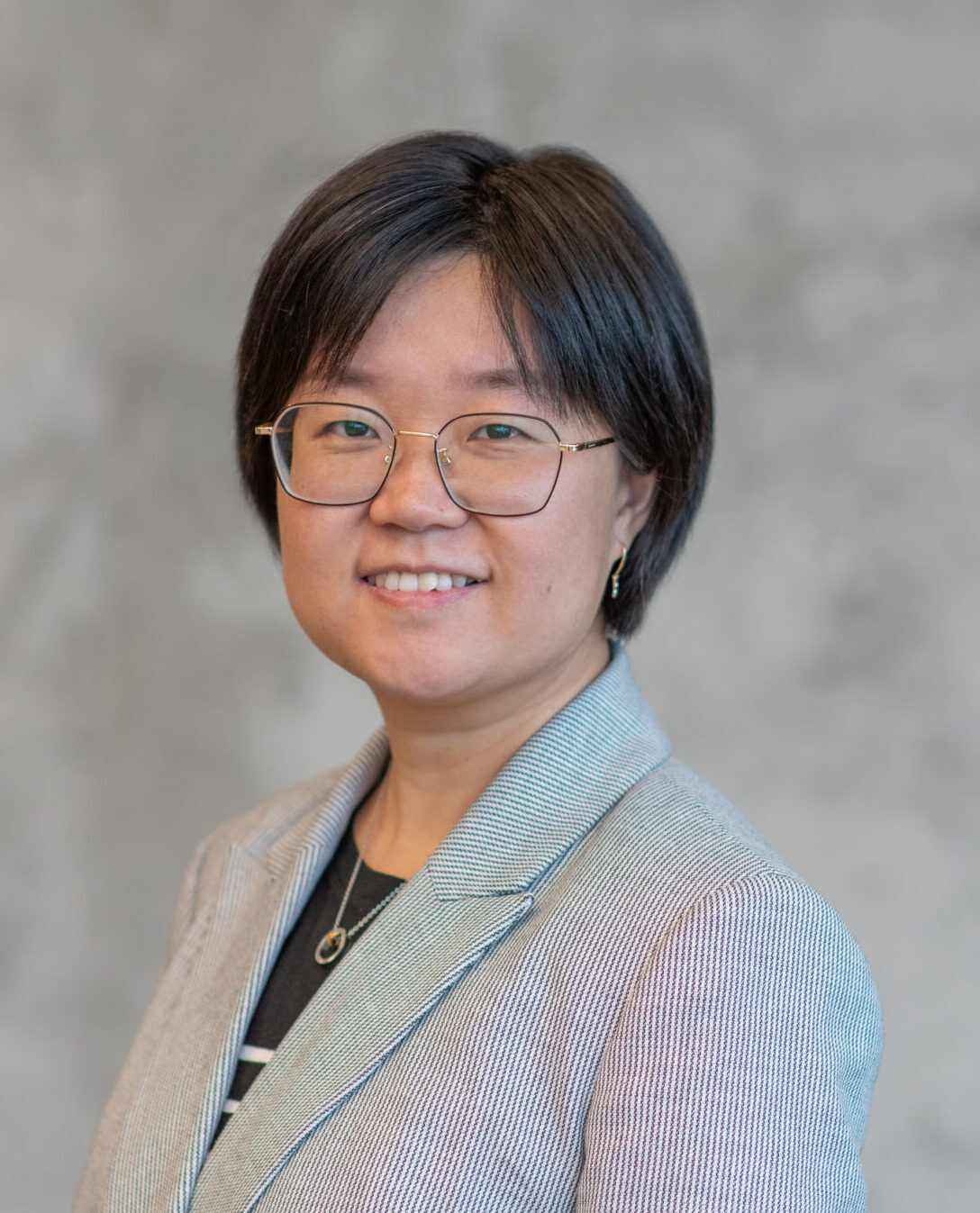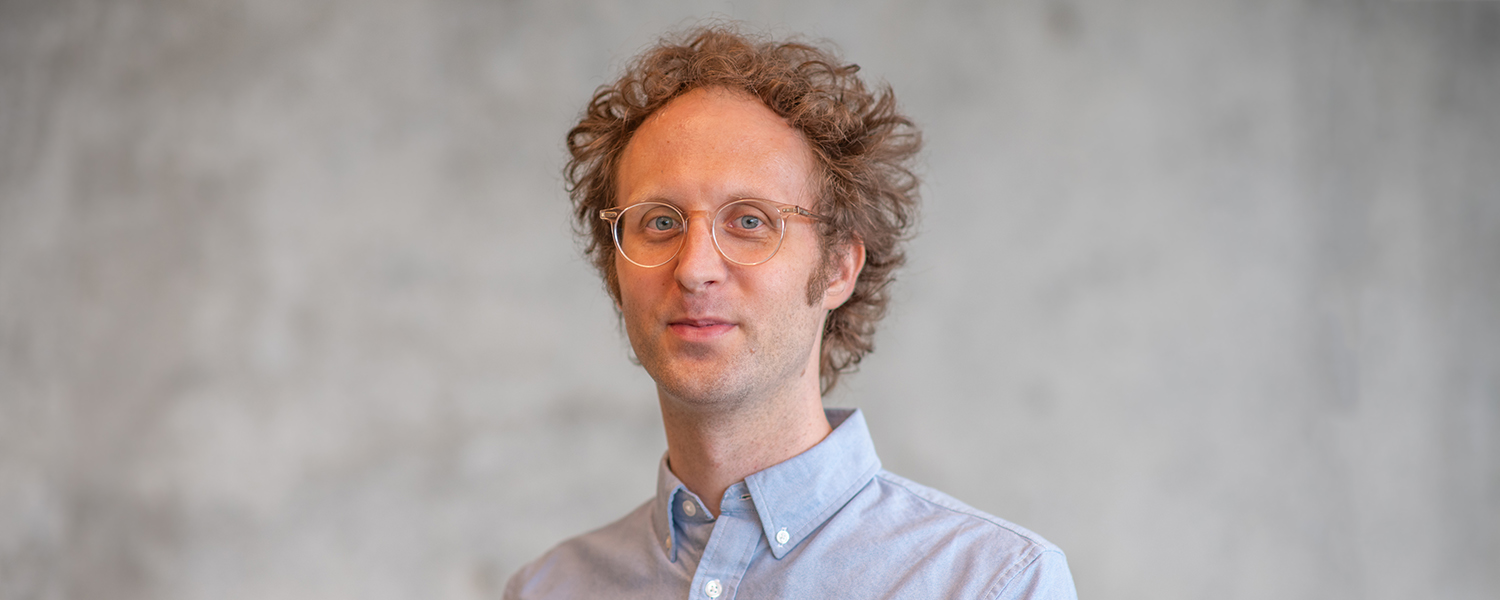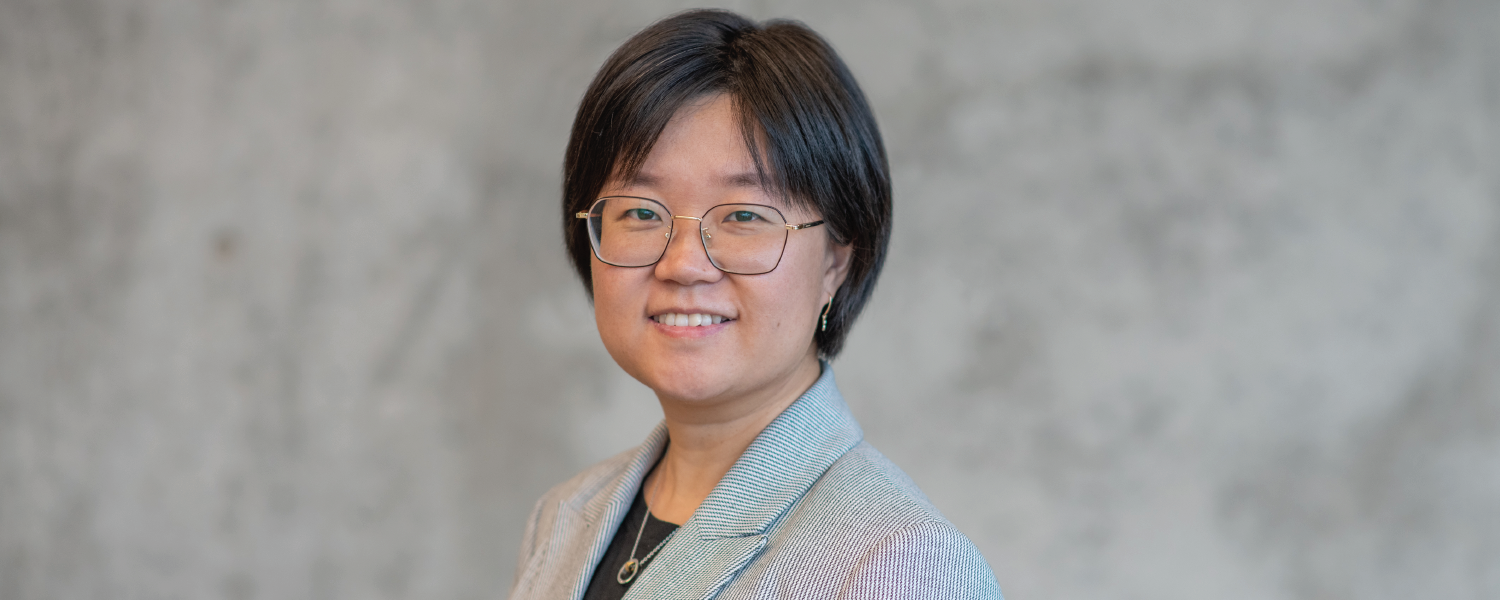
STRUCTURAL BIOLOGY
Visualizing the building blocks of life
The human body is immensely complex, comprising trillions of cells, proteins and molecules that work together to keep our systems up and running. Each of these microscopic workers has a specific job and, when these jobs aren’t carried out correctly, the result can be disease. One way scientists study these vital molecules is through structural biology, which explores the architecture of life’s smallest components to reveal how they function.
Among the powerful tools structural biologists use is cryo-electron microscopy, or cryo-EM. This technique relies on state-of-the-art microscopes that can visualize cells and molecules in their natural state down to the near-atomic or atomic level, or about 1/10,000th the width of a human hair.
VAI’s structural biologists use this technique to visualize molecules that may serve as treatment targets for cancer, neurological disorders, metabolic diseases, infectious diseases and more. Our scientists also are revealing groundbreaking new insights into the most fundamental aspects of biology, such as parsing the ways cells sense and respond to the environment, illuminating the intricacies of DNA replication, and laying the foundations for new therapies by revealing how a drug molecule disables its target protein.
By the numbers
Structural biology
- 1/10K The width of a human hair, the size molecule that can be visualized by our cryo-EM.
- 20K The estimated number of protein types in the human body (although this may be an underestimate)*
- 11ft The height of VAI’s most powerful cryo-electron microscope.
VAI scientists who study structural biology

Huilin Li, Ph.D.
Chair and Professor, Department of Structural Biology; Ralph and Grace Hauenstein Endowed Chair in Structural Biology
Cryo-EM, Structural Biology, DNA Replication and Epigenetics

Hong Li, Ph.D.
Professor, Department of Structural Biology
Structural Mechanisms and Therapeutics of RNA Biology

Xiaobing Shi, Ph.D.
Professor, Department of Epigenetics
Histone Modifications and Chromatin Regulation

Travis Walton, Ph.D.
Assistant Professor, Department of Structural Biology
Cytoskeletal Structure in Health and Disease

Evan Worden, Ph.D.
Assistant Professor, Department of Structural Biology
Structural Biology of Epigenetic Complexes

Yang Yang, Ph.D.
Assistant Professor, Department of Structural Biology
Structural Basis for Neurodegenerative Diseases

Liman Zhang, Ph.D.
Associate Professor, Department of Structural Biology
Structural Biology, Immunology and Pathogen-Host Interactions





